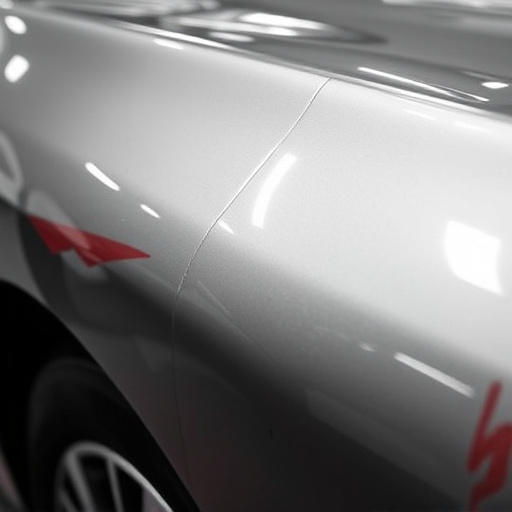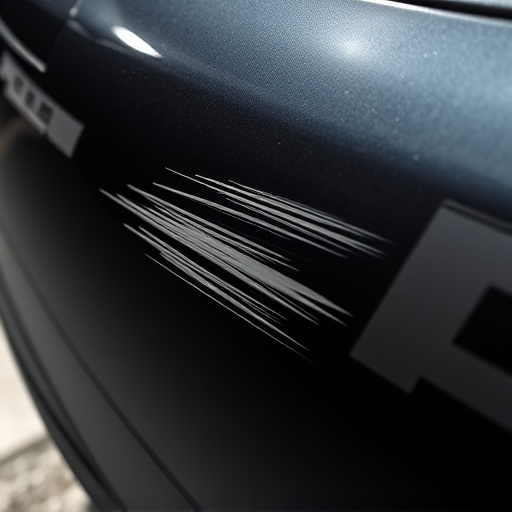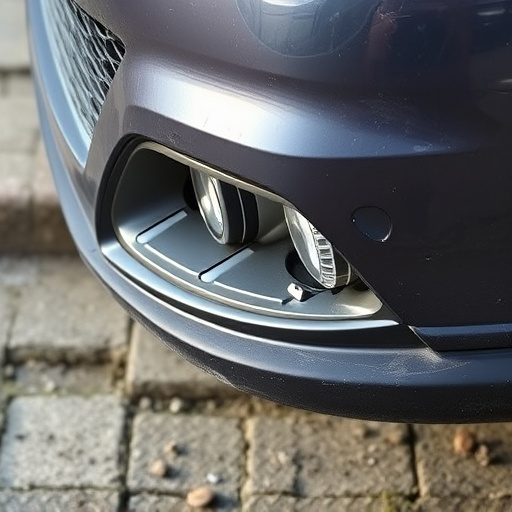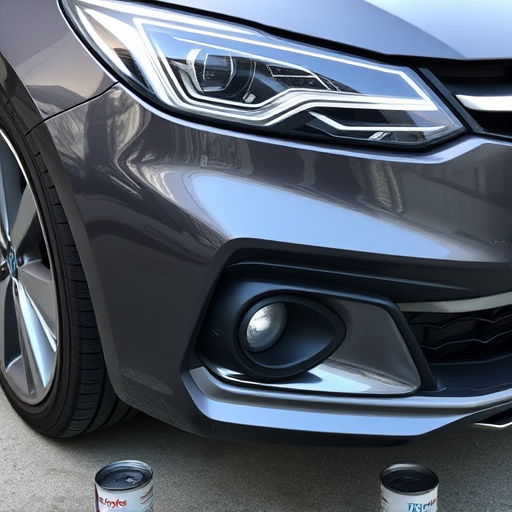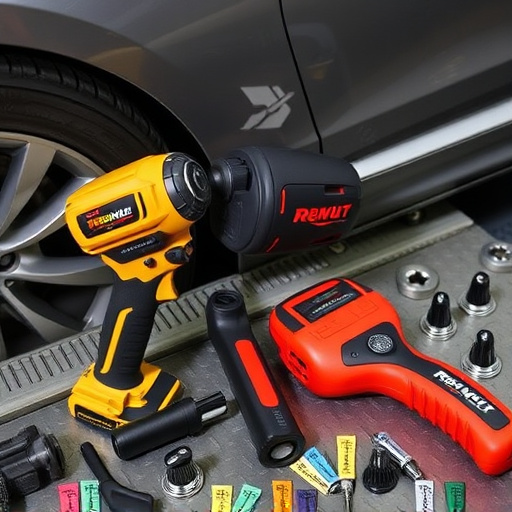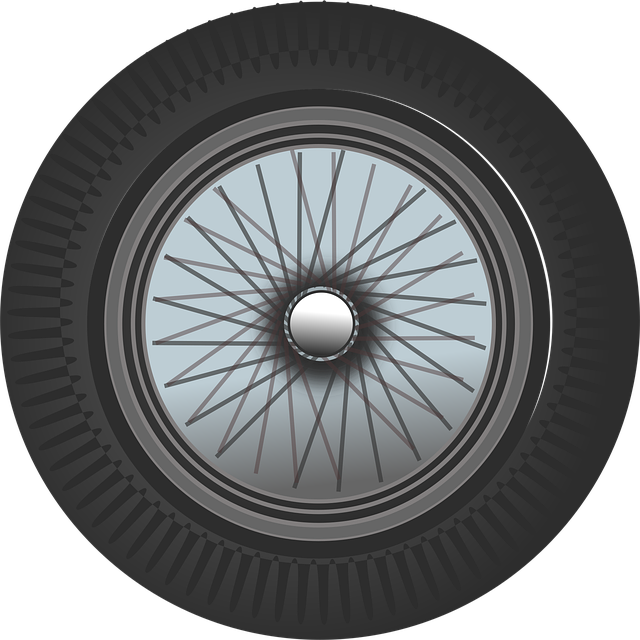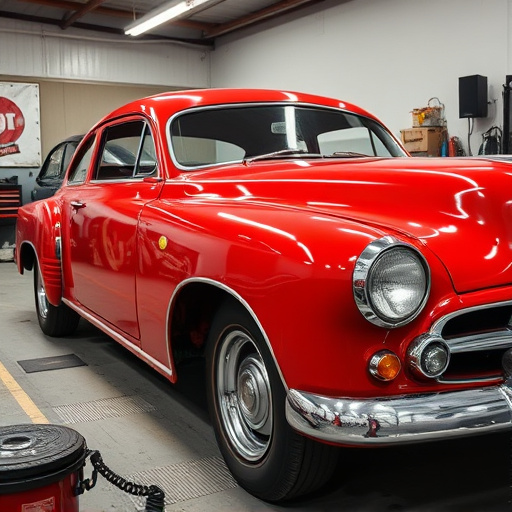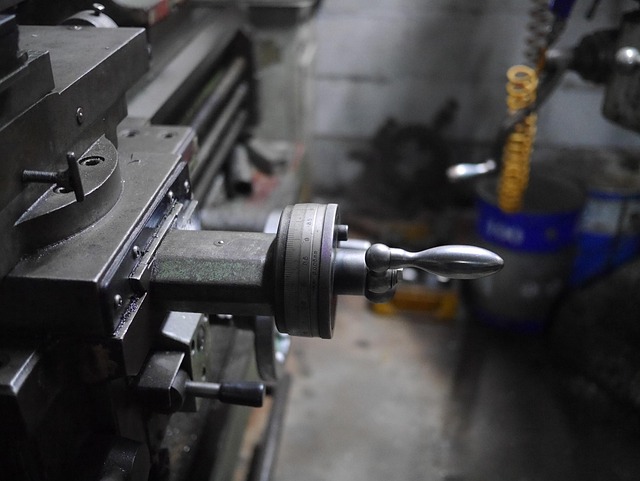Efficient claim dispute resolution, using methods like mediation and arbitration over traditional litigation, significantly improves outcomes for auto glass replacement, collision repairs, and related industries. Open communication, digital documentation, and specialized software streamline processes, reduce costs, enhance relationships, and foster quicker resolutions, benefiting claimants, repair shops, insurance companies, and customers alike.
Understanding how claim dispute resolution affects claims management is crucial for businesses and individuals alike. This article delves into the profound impact of efficient dispute resolution processes on claims’ outcomes, exploring how these strategies streamline procedures. Additionally, it highlights alternative methods that play a pivotal role in effective claims management. By examining these aspects, readers will gain valuable insights into optimizing claim dispute resolution, ultimately enhancing overall efficiency and satisfaction.
- The Impact of Dispute Resolution on Claims' Outcomes
- Efficient Processes: Streamlining Claim Dispute Resolutions
- Alternative Methods: Their Role in Claims Management
The Impact of Dispute Resolution on Claims' Outcomes
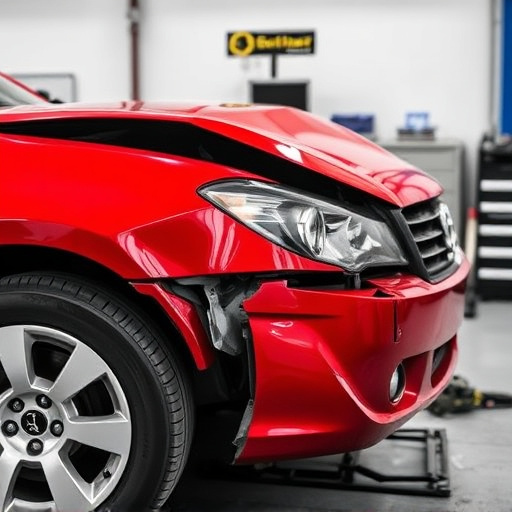
The method chosen for claim dispute resolution can significantly influence the outcome and efficiency of a claim. For instance, in the context of auto glass replacement or collision repair center claims, an efficient dispute resolution process could mean faster reimbursements and reduced costs. Alternatives like mediation or arbitration might be preferred over traditional litigation as they often foster collaborative problem-solving, leading to mutually agreeable solutions. These methods can also help maintain a positive relationship between claimants and car body shops, which is beneficial for future collaborations.
Moreover, claim dispute resolution strategies that prioritize communication and understanding of both parties’ perspectives can enhance the overall satisfaction with the process. This becomes particularly important when dealing with complex cases, ensuring that every detail is considered. Such an approach not only facilitates a quicker resolution but also paves the way for more constructive relationships within the insurance industry, including interactions between customers and auto repair facilities.
Efficient Processes: Streamlining Claim Dispute Resolutions

Efficient processes are a cornerstone of effective claim dispute resolution, particularly in sectors like auto body repairs and car repair services. Traditional methods often involve lengthy paperwork, multiple intermediaries, and a time-consuming back-and-forth between parties. However, implementing streamlined procedures can significantly enhance efficiency. This includes digitalizing documentation, utilizing specialized software for claims management, and establishing clear, standardized protocols for handling disputes.
Such measures not only reduce administrative burdens but also ensure consistency in decision-making. For instance, paintless dent repair techniques offer a faster, more cost-effective solution compared to conventional auto body repairs. By embracing these advancements, claim dispute resolution becomes less about adversarial processes and more about finding mutually beneficial solutions, fostering better relationships between businesses and their customers within the automotive industry.
Alternative Methods: Their Role in Claims Management

In today’s world, navigating claim dispute resolution is a crucial aspect of claims management, especially within industries like automotive collision repair and car body shop services. Traditional methods often involve lengthy legal battles, but alternative approaches are gaining traction for their efficiency and cost-effectiveness. These alternative methods, such as mediation and arbitration, play a significant role in streamlining the process.
For instance, when dealing with car restoration or automotive collision repair disputes, mediation allows both parties to come together and negotiate a mutually agreeable solution. This approach not only saves time but also fosters better relationships between claimants and insurance companies or service providers. By encouraging open dialogue and collaboration, these alternative methods can lead to quicker resolutions, ensuring that everyone involved moves forward with their lives or business operations more efficiently.
Understanding how claim dispute resolution (CDR) strategies impact claims management is crucial for organizations. By examining the outcomes of different CDR approaches, streamlining efficient processes, and exploring alternative methods like mediation or arbitration, businesses can enhance their claims handling. These strategies not only reduce costs and time but also foster better relationships with stakeholders. Incorporating these practices into claims management protocols enables organizations to navigate disputes effectively, ensuring positive outcomes while maintaining a competitive edge in today’s business landscape.



